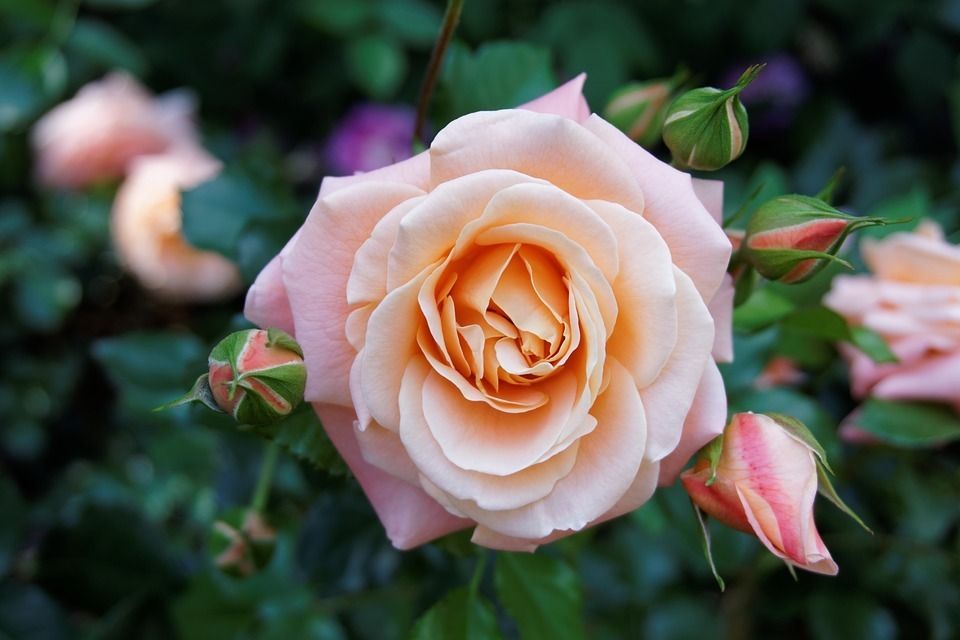
Every Rose Has Its Thorn
Roses can be a royal pain to keep under control. Here are a few tips to help ensure your roses stay as beautiful and maintained as you hoped for.
- Winter Pruning. March is actually a good time to prune your roses. Start by cutting out any dead or broken branches. Be sure to make sure you are using hand pruners that are sharpened and clean. You can clean your blades with basic rubbing alcohol. You are going to want to trim back the stems to a healthy bud but be sure not to crush them when cutting them. If you desire to cut back your shrubs “hard” you are able to cut roses such as Knockouts and Carpet Roses to approximately 18-24 inches in height.
- Insect and Disease Damage. There are 3 pests that usually effect roses in our area. The first one being Mites. Mites usually attack roses that are effected by heat and drought conditions. You can tell if the mites have made a home in your rose bush the fine webbing pattern you will find on the twigs and leaf stems of the plant. If you do find mites on your roses, the application of an insecticide is most likely your best solution. Another nuisance to roses is the Japanese Beetle. They usually appear around the beginning of July and be very destructive. You will physically see them all gathered along the leaves and braches of your plant. You can attempt to remove them by hand or try spraying them with an insecticide labeled for Japanese Beetles. Lastly, roses can get a fungus called Black Spot. This appears exactly like the name states. If there is evidence of Black Spot on your roses, you will need to make sure you purchase a fungicidal spray to apply to the plant every 2 weeks until this pest is gone. All your insecticidal and fungicidal needs can be bought at your local garden center or home store. But is applying these chemical applications are not something you feel comfortable with please feel free to contact a professional landscape contractor to assist you with maintaining the proper plant health of your landscape.
- Spring has sprung! In the spring you will notice healthy new growth emerging from your shrub. To ensure the encouragement of the most blooms your plant can produce you are going to want to do a couple of things to help this process along. First, if you did not prune or trim back your roses in early spring you are going to want to check for any dead or old wood that is currently on the plant. It is easy to identify because all new growth has green healthy looking bark. You are also going to want to remove shoots coming off of the base that appears to have a leave emerging from their stems. We like to call these, “suckers.” Remember to prune your branches at a 45 degree angle. All roses are heavy feeds so this may be a good time to fertilize your shrub with some good granular fertilizer that is time released. You can grab rose food at any local garden center. Lastly, proper watering is very important to roses. In the spring, Mother Nature usually does a good job with providing an adequate amount of rain for lush new growth to occur. However, when those hot summer months start rolling in, your roses are going to need a little help to keep thriving and flowering. A thorough soaking once a week during these months will help, but be sure to only water at the base of these plants and NOT the leaves because you don’t want to encourage the pests we listed above.
Roses can be temperamental, but if you practice proper maintenance their beautiful flowers are worth it!

